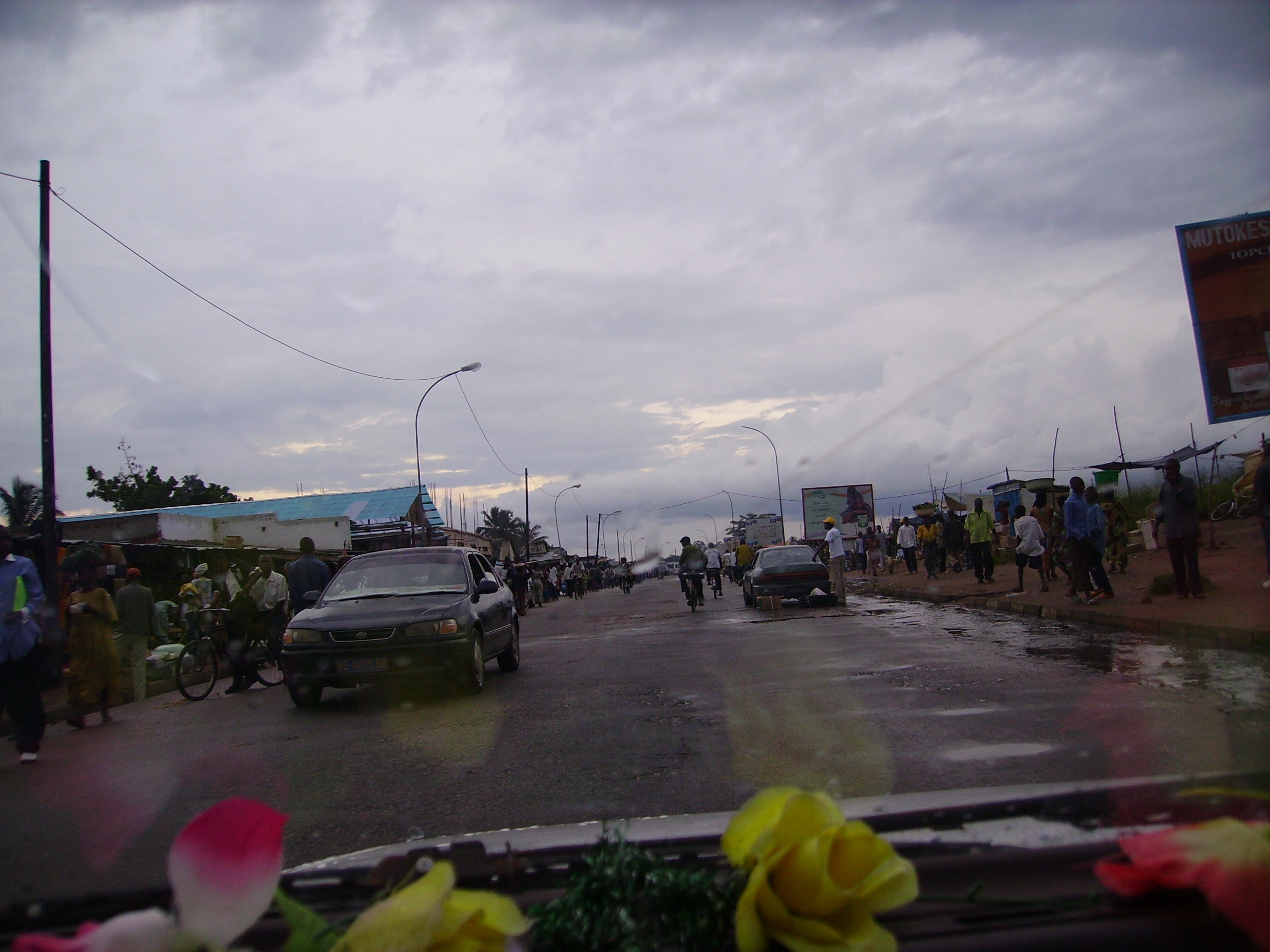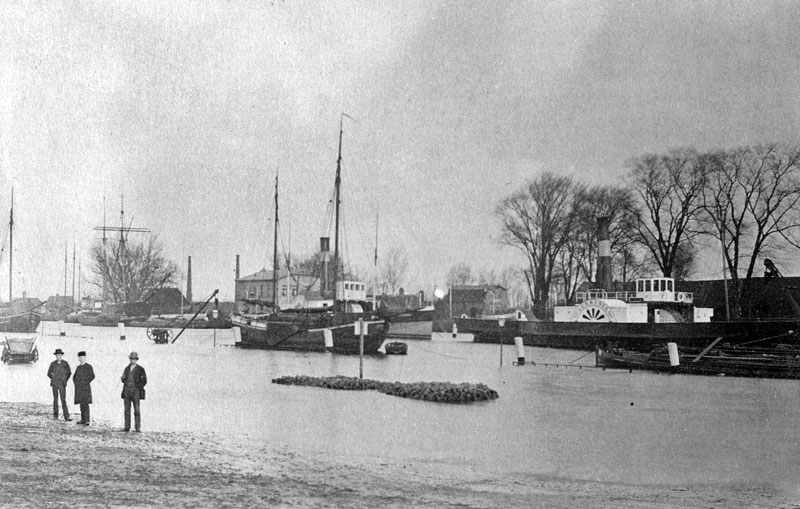|
2012 Linafoot ...
The 2012 Linafoot season, the top division of the Congolese Association Football Federation, was the 51st edition since its establishment. It began on 12 February 2012 and ended on 20 November 2012. During the mid-season break it was decided the second half of the season would consist of 10 rounds of matches only; 3 entire rounds were cancelled. Clubs A total of 14 teams are contesting the league, played under a round-robbin format. League table * CS Don Bosco also qualified for the 2013 CAF Confederation Cup as the 2012 Coupe du Congo winner. References {{2012 in African football (CAF) Linafoot seasons football Congo Congo Congo or The Congo may refer to either of two countries that border the Congo River in central Africa: * Democratic Republic of the Congo, the larger country to the southeast, capital Kinshasa, formerly known as Zaire, sometimes referred to a ... [...More Info...] [...Related Items...] OR: [Wikipedia] [Google] [Baidu] |
Linafoot
The Vodacom Ligue 1 is the top division of the Congolese Association Football Federation, the governing body of football (soccer), football in the Democratic Republic of the Congo. It was created in 1958. In 2013, the highest attendance was set in the match DC Motema Pembe - AS Vita Club, which saw an attendance of 80,000 football fans at Stade des Martyrs. TP Mazembe is the most successful club with 19 titles. In 2010 the competition was renamed the ''Vodacom Super League'' following the signing of a five-year sponsorship deal with communications company Vodacom. Qualification for African competitions Association ranking for 2020–21 CAF competitions Association ranking for 2020–21 CAF Champions League and 2020–21 CAF Confederation Cup will be based on results from each CAF tournament (Champions League and Confederation Cup) from 2016 to 2019–20. ;Legend * CL: CAF Champions League * CC: CAF Confederation Cup * 2021−22 clubs *Académic Club Rangers, AC Rangers (Ki ... [...More Info...] [...Related Items...] OR: [Wikipedia] [Google] [Baidu] |
OC Muungano
Olympic Club Muungano is a Congolese football club based in Bukavu, South Kivu province and currently playing in Linafoot Ligue 2. ''Les Blanc et Bleu'' plays its home matches on Stade de la Concorde Stade de la Concorde is a stadium located in Bukavu, Democratic Republic of the Congo. It has a seating capacity of 10,000 spectators. It serves as the home of OC Muungano of the Linafoot The Vodacom Ligue 1 is the top division of the Cong ... in Bukavu, with a capacity of 10,000 places. Achievements * Sud-Kivu Provincial League: 2 :: 2003, 2006 References External links Muungano club logo Bukavu Football clubs in the Democratic Republic of the Congo Sports clubs in the Democratic Republic of the Congo {{DRCongo-footyclub-stub ... [...More Info...] [...Related Items...] OR: [Wikipedia] [Google] [Baidu] |
Kisangani
Kisangani (formerly Stanleyville or Stanleystad) is the capital of Tshopo province in the Democratic Republic of the Congo. It is the fifth most populous urban area in the country, with an estimated population of 1,312,000 in 2021, and the largest of the cities that lie in the tropical woodlands of the Congo. Some from the mouth of the Congo River, Kisangani is the farthest navigable point upstream. Kisangani is the nation's most important inland port after Kinshasa, an important commercial hub point for river and land transportation and a major marketing and distribution centre for the north-eastern part of the country. It has been the commercial capital of the northern Congo since the late 19th century. History Before Henry Morton Stanley, working on behalf of King Leopold II of the Belgians, founded what would become Stanley Falls Station in 1883, on the Island of Wana Rusari in the Congo River, the area was inhabited by a native Congolese tribe known as the Clans of ... [...More Info...] [...Related Items...] OR: [Wikipedia] [Google] [Baidu] |
Stade Colonel Ebeya
Stade (), officially the Hanseatic City of Stade (german: Hansestadt Stade, nds, Hansestadt Stood) is a city in Lower Saxony in northern Germany. First mentioned in records in 934, it is the seat of the district () which bears its name. It is located roughly to the west of Hamburg and belongs to that city's wider metropolitan region. Within the area of the city are the urban districts of Bützfleth, Hagen, Haddorf and Wiepenkathen, each of which have a council () of their own with some autonomous decision-making rights. Stade is located in the lower regions of the river Elbe. It is also on the German Timber-Frame Road. History The first human settlers came to the Stade area in 30,000 BC. Since 1180 Stade belonged to the Prince-Archbishopric of Bremen. In early 1208 King Valdemar II of Denmark and his troops conquered Stade. In August Valdemar II's cousin being in enmity with the king, the then Prince-Archbishop Valdemar reconquered the city only to lose it soo ... [...More Info...] [...Related Items...] OR: [Wikipedia] [Google] [Baidu] |
Kikwit
Kikwit is the largest city of Kwilu Province, lying on the Kwilu River in the southwestern part of the Democratic Republic of the Congo. Kikwit is also known in the region under the nickname "The Mother". The population is approximately 458,000 (2017). An important commercial centre, it is home to a stadium and is known for its traditional dances, in particular the Bapende dancers whose geographic origin centers on the village of Gungu. Bapende dancers often wear traditional costumes comprising colorful masks and attire made from raffia. Kikwit is also home to an airport (Kikwit Airport) and is connected to the capital Kinshasa by a new road and river transport. In 1995 the city saw a serious outbreak of the deadly Ebola virus. Singer King Kester Emeneya was born in Kikwit in 1956. In April 2014, a tribute concert held in Kikwit to honor King Kester Emeneya ended in disaster, and at least thirteen people in the stadium died in a stampede following a power failure. See also ... [...More Info...] [...Related Items...] OR: [Wikipedia] [Google] [Baidu] |
Stade Des Martyrs
The Stade des Martyrs de la Pentecôte (Martyrs of Pentecost Stadium), also known as simply the Stade des Martyrs and formerly known as Stade Kamanyola, is a national stadium located in the town of Lingwala in Kinshasa, the capital of the Democratic Republic of the Congo. It is mainly used for football matches and has organised many concerts and athletics competitions. It is the home stadium of the National Team of the Democratic Republic of the Congo and the AS Vita Club and DC Motema Pembe of Championship Democratic Republic of the Congo football. The stadium has a capacity of 80,000 for international matches and 100,000 for national matches. History The Stade des Martyrs was originally called Stade Kamanyola. Construction began on October 14, 1988 and ended on October 14, 1993. It replaced the former National Stadium, the Stade Tata Raphaël. In 1997, the stadium was renamed in memory of four ministers purged by Mobutu Sese Seko and hanged at the site on 2 June 1966: Éva ... [...More Info...] [...Related Items...] OR: [Wikipedia] [Google] [Baidu] |
Kinshasa
Kinshasa (; ; ln, Kinsásá), formerly Léopoldville ( nl, Leopoldstad), is the capital and largest city of the Democratic Republic of the Congo. Once a site of fishing and trading villages situated along the Congo River, Kinshasa is now one of the world's fastest growing megacities. The city of Kinshasa is also one of the DRC's 26 provinces. Because the administrative boundaries of the city-province cover a vast area, over 90 percent of the city-province's land is rural in nature, and the urban area occupies a small but expanding section on the western side. Kinshasa is Africa's third-largest metropolitan area after Cairo and Lagos. It is also the world's largest nominally Francophone urban area, with French being the language of government, education, media, public services and high-end commerce in the city, while Lingala is used as a ''lingua franca'' in the street. Kinshasa hosted the 14th Francophonie Summit in October 2012. Residents of Kinshasa are known as ''Kinoi ... [...More Info...] [...Related Items...] OR: [Wikipedia] [Google] [Baidu] |
Stade Des Jeunes
Stade des Jeunes is a stadium located in Kananga, Democratic Republic of the Congo. It has a seating capacity of 10,000 spectators. It serves as the home of US Tshinkunku and AS Saint-Luc of the Linafoot and Linafoot Ligue 2 Linafoot Ligue 2 also called Vodacom Ligue 2 (for sponsorship reasons), is an annual football competition played by Congolese amateur football clubs and organized by Congolese Association Football Federation The Congolese Association Footba ..., respectively. External linksStadium information Football venues in the Democratic Republic of the Congo {{DRCongo-sports-venue-stub ... [...More Info...] [...Related Items...] OR: [Wikipedia] [Google] [Baidu] |
Kananga
Kananga, formerly known as Luluabourg or Luluaburg, is the capital city of the Kasai-Central, Kasai-Central Province in the Democratic Republic of the Congo and was the capital of the former Kasaï-Occidental , Kasaï-Occidental Province. It is the fourth most populous urban area in the country, with an estimated population of 1,524,000 in 2021. The city lies near the Lulua River, a tributary of the Kasai River and the Ilebo-Lubumbashi Congo Railway, railway. An important commerce, commercial and administrative centre, it is home to a museum and to Kananga Airport. History Germany, German explorer Hermann Wissmann established a station in the area around present-day Kananga, on the left bank of the Lulua. Wissmann named the station Malandji, a name suggested by his 400 carriers, who were from the city of Malanje in Angola. Later on, with the construction of the railway on the other bank of the river, the station was moved, and the Lulua train station gave its name to the new t ... [...More Info...] [...Related Items...] OR: [Wikipedia] [Google] [Baidu] |
Stade Municipal Du Kindu
Stade (), officially the Hanseatic City of Stade (german: Hansestadt Stade, nds, Hansestadt Stood) is a city in Lower Saxony in northern Germany. First mentioned in records in 934, it is the seat of the district () which bears its name. It is located roughly to the west of Hamburg and belongs to that city's wider metropolitan region. Within the area of the city are the urban districts of Bützfleth, Hagen, Haddorf and Wiepenkathen, each of which have a council () of their own with some autonomous decision-making rights. Stade is located in the lower regions of the river Elbe. It is also on the German Timber-Frame Road. History The first human settlers came to the Stade area in 30,000 BC. Since 1180 Stade belonged to the Prince-Archbishopric of Bremen. In early 1208 King Valdemar II of Denmark and his troops conquered Stade. In August Valdemar II's cousin being in enmity with the king, the then Prince-Archbishop Valdemar reconquered the city only to lose it soo ... [...More Info...] [...Related Items...] OR: [Wikipedia] [Google] [Baidu] |
Kindu
Kindu is a city in the Democratic Republic of Congo, the capital of Maniema province. It has a population of about 200,000 and is situated on the Lualaba River at an altitude of about 500 metres, and is about 400 km west of Bukavu. Kindu is linked by rail to the mining areas of Kalemie, Kamina and Kananga to the south. It also has an airport with a 2,200 metre runway and has historically been an important port along the Congo River system. History The town was an important centre for the ivory, gold and the slave trade during the nineteenth century. Arab- Swahili slave traders were based here from about 1860 and sent caravans overland to Zanzibar. Henry Morton Stanley came upon "this remarkable town" on 5 Dec. 1876, describing it as "remarkably long" with a "broad street, thirty feet wide, and two miles in length" and "behind the village were the banana and the palm groves."Stanley, H.M., 1899, Through the Dark Continent, London: G. Newnes, Vol. One , Vol. Two In November ... [...More Info...] [...Related Items...] OR: [Wikipedia] [Google] [Baidu] |





